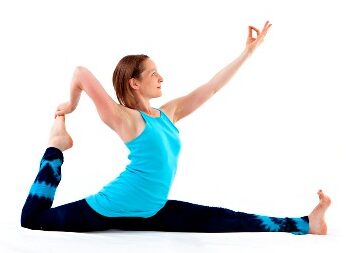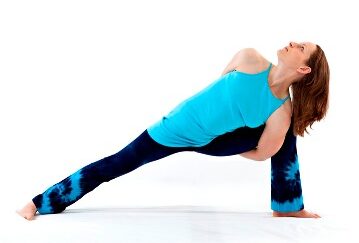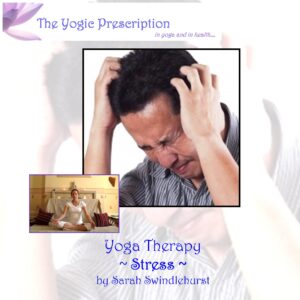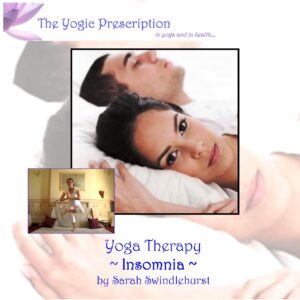Yoga
Yoga is a Sanskrit word translated as “yoke” or “union.” To yoke means to draw together, to bind together; or to unite. Its aim is to yoke or create a union of the body, mind, soul, and universal consciousness. This process of uniting the physical, mental, emotional, and spiritual aspects of ourselves is what allows yogis to experience deep states of freedom, peace and self-realisation.

Its origins are traced back thousands of years to the Upanishads, a collection of yogic texts dating from roughly 800 BC to 400 AD. While the word “yoga” was first mentioned in the Rigveda, but the first time it was used with its modern meaning is in the Katha Upanishad. This ancient spiritual text was written sometime between the 5th and 3rd century BCE.
The Yoga Sutras is one of the most famous text on the fundamentals of yoga and was written by Patanjali around 200 BCE. In this foundational text, he defines yoga in sutra 1.2 as: yogash chitta-vritti-nirodhah. This translates as “Yoga is the cessation of the whirling fluctuations of the mind.”
This cessation of thoughts is the result of a dedicated and consistent practice of yoga. By calming our mental chatter, this contemplative practice connects to the source of our being where we can experience the unity of our own self, as well as the unity of everything else around us.
Yoga is a meditative process of self-discovery and liberation. It is a diverse collection of practices that aims to control the mind, recognize a detached witness consciousness, and free oneself from the cycle of birth and death. It teaches us to see ourselves clearly, to understand what is true about who we are, and to let go of anything that does not serve us. It helps us to become aware of our thoughts, feelings, and beliefs, and to change them when they no longer serve us. It gives us the tools to make better choices in life, and to live more fully.

Yoga is a practice that allows us to transform and purify our bodies, minds, and souls. It expands our consciousness to help us connect with nature and the universe around us. It also gives us greater access to inner resources to teach us about self-awareness, acceptance, compassion, patience, gratitude, forgiveness, humility, love, peace, and joy.
Downloadable charts – yoga – click here
_
Yoga Therapy

Prices: From £30 per hour
Yoga therapy in its present form is a new discipline, created by the marriage of traditional yoga with modern medicine. By tailoring yoga practices to individual needs, whilst taking medical considerations into account, yoga therapy is more effective than general yoga practice as a safe means of treating medical conditions.
Yoga therapy is applicable to a great variety of conditions, including anxiety, low back pain, arthritis, hypertension, heart conditions, hyperventilation, asthma, irritable bowel syndrome, diabetes, multiple sclerosis, chronic fatigue syndrome and fibromyalgia.
It can also promote positive health for pregnancy and childbirth, mothers and babies, children, reproductive health in women and men, and the elderly.
Yoga Therapy cultivates body/mind integration and a sense of harmony with life. It promotes the innate healing resources of the body, helping restore the proper functioning of the various bodily systems.
Medical research provides increasing evidence that yoga therapy is effective.
Yoga Therapy can be practiced in conjunction with any medical treatments you are already receiving, and also in tandem with other complementary therapies. No prior experience with yoga is necessary before starting.
Can it work for me?

Yoga Therapy can help a wide range of conditions, including arthritis, asthma, cancer, diabetes, depression, high blood pressure, HIV and AIDS, Low Back Pain, mental illness, ME, MS, sports injuries, and women’s health problems. It is also excellent for pregnancy, childbirth, and for babies and their mothers.
Yoga Therapy starts with very simple exercises. You can begin to practice yoga and benefit right away, even if you have never done yoga before. Commencing with stretching and breathing exercises, students gradually progress in stages to a working knowledge of yoga postures (asanas), breathing techniques (pranayama), and relaxation practices. Yoga Therapy retains the ancient principles of yoga, and works holistically at all levels of the mind and body.
Yoga Therapy consists of a combination of:
Physical postures: Simple yoga postures gently stretch and strengthen muscles, improving mobility, flexibility, respiration, circulation, digestion, and elimination. These consist of both simple movements and postures, which promote a general sense of health and well-being.
Breathing techniques: Yoga breathing exercises can be practiced anywhere and at any time. Awareness of the breath is central to all forms of yoga and promotes calmness, helping to focus the mind, and relieving stress and mental fatigue.
Relaxation methods: Learning how to relax is a central element of Yoga Therapy. Relaxation is the body’s way of recharging and helps to ease physical and mental tension. Relaxation techniques encourage us to step back and look objectively at our habitual patterns of behaviour, helping us to cope better with situations that put our body and mind under strain.
Research – read the Blog!
Next Steps…
Please contact me for more details and to book a consultation
